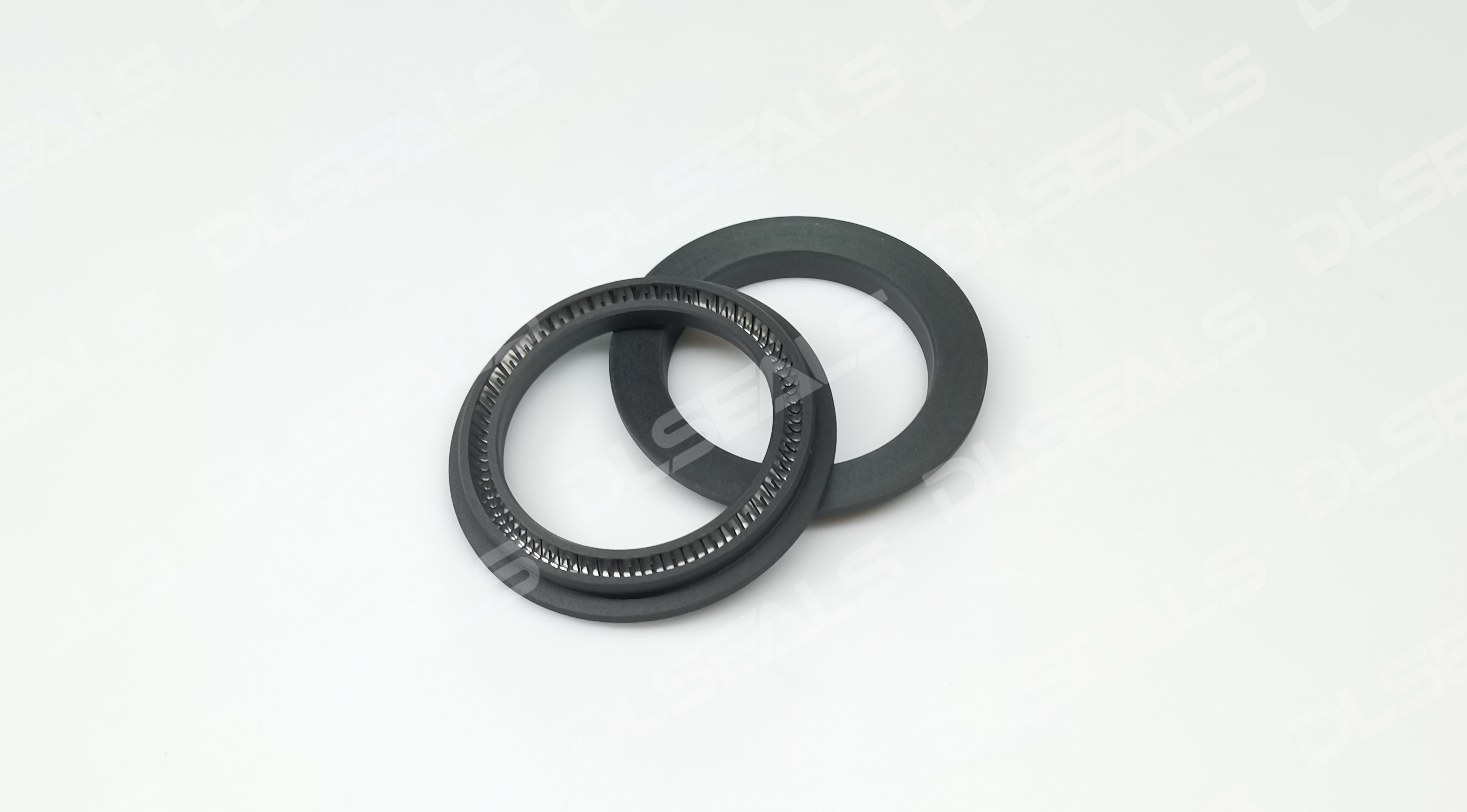1. Introduction
Sealing rings are widely used in various mechanical equipment, primarily to prevent fluid leakage and the intrusion of external contaminants. In practical engineering, many devices require frequent starting, stopping, or changes in operating speed, such as automobile engines, hydraulic systems, and wind turbines. These conditions of frequent acceleration and deceleration significantly affect the performance of sealing rings, accelerating their failure process and thereby impacting the normal operation of the equipment.
2. Impact of Frequent Acceleration and Deceleration on Sealing Rings
Frequent acceleration and deceleration affect sealing rings in multiple ways, including the following aspects:
- 2.1 Exacerbated Wear: Frequent acceleration and deceleration cause continuous changes in the relative motion speed between the sealing ring and the mating surface, intensifying friction and wear. Particularly at the moments of starting and stopping, the sealing ring experiences greater friction due to inertia, leading to increased wear.
- 2.2 Accelerated Aging: Frequent acceleration and deceleration result in significant fluctuations in the working temperature of the sealing ring, hastening the aging process of the rubber material. High temperatures promote the breaking and cross-linking of rubber molecular chains, causing the sealing ring to harden and crack, ultimately losing its elasticity.
- 2.3 Fatigue Crack Formation: Frequent acceleration and deceleration subject the sealing ring to alternating stress, making it prone to fatigue cracks at stress concentration points. As these cracks propagate, the sealing ring eventually fails due to fracture.
- 2.4 Impaired Sealing Performance: Frequent acceleration and deceleration cause changes in the deformation and stress distribution of the sealing ring, affecting its contact state with the mating surface, which leads to a decline in sealing performance and leakage.
3. Coping Strategies
To mitigate the impact of frequent acceleration and deceleration on sealing rings and extend their service life, the following measures can be taken:
- 3.1 Optimize Sealing Ring Materials: Select materials with excellent wear resistance, aging resistance, and fatigue resistance, such as fluororubber and silicone rubber.
- 3.2 Improve Sealing Structure Design: Optimize the cross-sectional shape and dimensions of the sealing ring to improve stress distribution and enhance fatigue resistance.
- 3.3 Control Operating Temperature: Implement effective cooling measures to control the working temperature of the sealing ring and slow down its aging process.
- 3.4 Enhance Lubrication: Maintain good lubrication between the sealing ring and the mating surface to reduce friction and wear.
- 3.5 Regular Inspection and Maintenance: Periodically check the condition of the sealing ring and promptly replace aged or damaged ones.
4. Conclusion
Frequent acceleration and deceleration significantly impact the performance of sealing rings, accelerating their failure process. By optimizing materials, improving design, controlling temperature, enhancing lubrication, and conducting regular maintenance, the adverse effects of frequent acceleration and deceleration on sealing rings can be effectively reduced, extending their service life and ensuring the reliable operation of equipment.
5. Outlook
In the future, with the continuous development of new materials, processes, and technologies, the wear resistance, aging resistance, and fatigue resistance of sealing rings will be further enhanced, enabling them to better adapt to demanding conditions such as frequent acceleration and deceleration. Additionally, intelligent sealing technology will see widespread application, enabling real-time monitoring and early warning of sealing conditions, thereby further improving equipment reliability and safety.
Post time: Feb-10-2025

